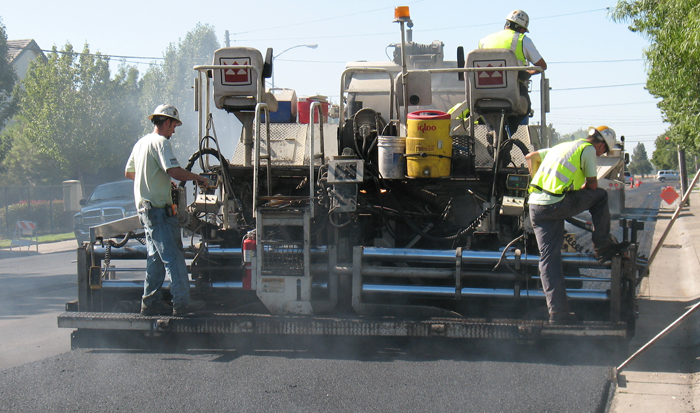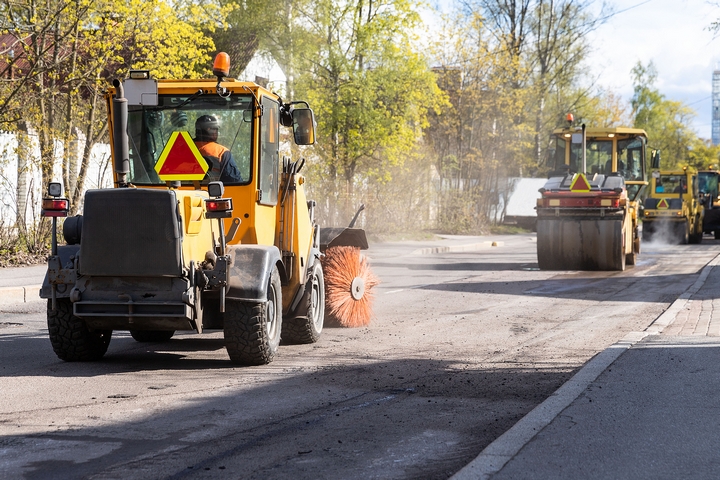Regardless of the quality of surfacing material you use on your roads, pavements, and driveways, over time, they can become worn down. It is important that when this happens, you hire a professional driveway company to carry out resurfacing. This road resurfacing ensures that the texture, profile, and safety of the road are maintained.
There are several road resurfacing methods out there, and below are some of the common ones you should know about.
Mill and fill
This is a process used when there are severe deteriorations in the road (especially asphalt road). These severe deteriorations occur when stresses, cracks and other structural defects make their way below the surface of the pavement, meaning it has reached a point where regular maintenance won’t work.
The milling and filling process begins with the grinding of the damaged asphalt, that is, milling off the affected areas. A new mix of asphalt is layered and compacted before being allowed to cool. This method can help extend the life cycle of the asphalt surface by 15-18 years.
Overlay
This method takes a very short time to complete. It involves the application of a fresh layer of asphalt to restore the structural integrity of the road. When done correctly, this method of resurfacing can last anywhere from 15-18 years depending on factors like weather, the thickness of the new asphalt layer and the number of heavy vehicles using the road on a daily basis. Reputable local surfacing companies such as Kane Construction can advise on the best course of action for your needs.

Hot-in-place
This method is only used when the surface cracks are minimal, and the binder used for the surface is soft enough to accept a new layer of asphalt. The process involves removing the existing asphalt and replacing it with a new asphalt mix. This is done using specialised equipment that resembles a train. The equipment heats the asphalt and re-processes it in the area where it will be used.
In addition to being quick and cost-effective, this method is also environmentally-friendly as it requires very few resources, and if done right, the resurfacing can last up to 15 years.
Concrete resurfacing
This resurfacing method is commonly used on local roads. They are of two categories, namely, Joint Reinforced Concrete Pavement (JRCP) and Jointed Plain Concrete Pavement (JPCP). Both options can be used to prevent cracks from forming on the surface of the roadway. In terms of longevity, concrete is preferred over asphalt for road resurfacing projects. It is also stronger and more durable. The only downside is that this method costs more, especially if you are using Portland concrete.
Bituminous resurfacing
This involves the use of asphalt bitumen. The process typically involves a few steps. The first is to prepare the base course, after which the bituminous coat is applied. The bituminous mix is applied next, followed by rolling and checking for quality concerns.
Asphalt bitumen offers the advantage of being reusable and non-toxic. It also acts as a strong binder that is very easy to use.
Conclusion:
Road resurfacing is a crucial part of road maintenance. It ensures that the roads are updated and meet the safety regulations for drivers, pedestrians, and other road users. Ensure to consult with a reputable contractor in order to choose a resurfacing method that works best for your road.






